PRESTO PLANS
Sent straight to your inbox
CLICK HERE TO ACCESS
Sign up to receive 10 ready-to-use ELA resources your students will love!
10 FREE ELA RESOURCES
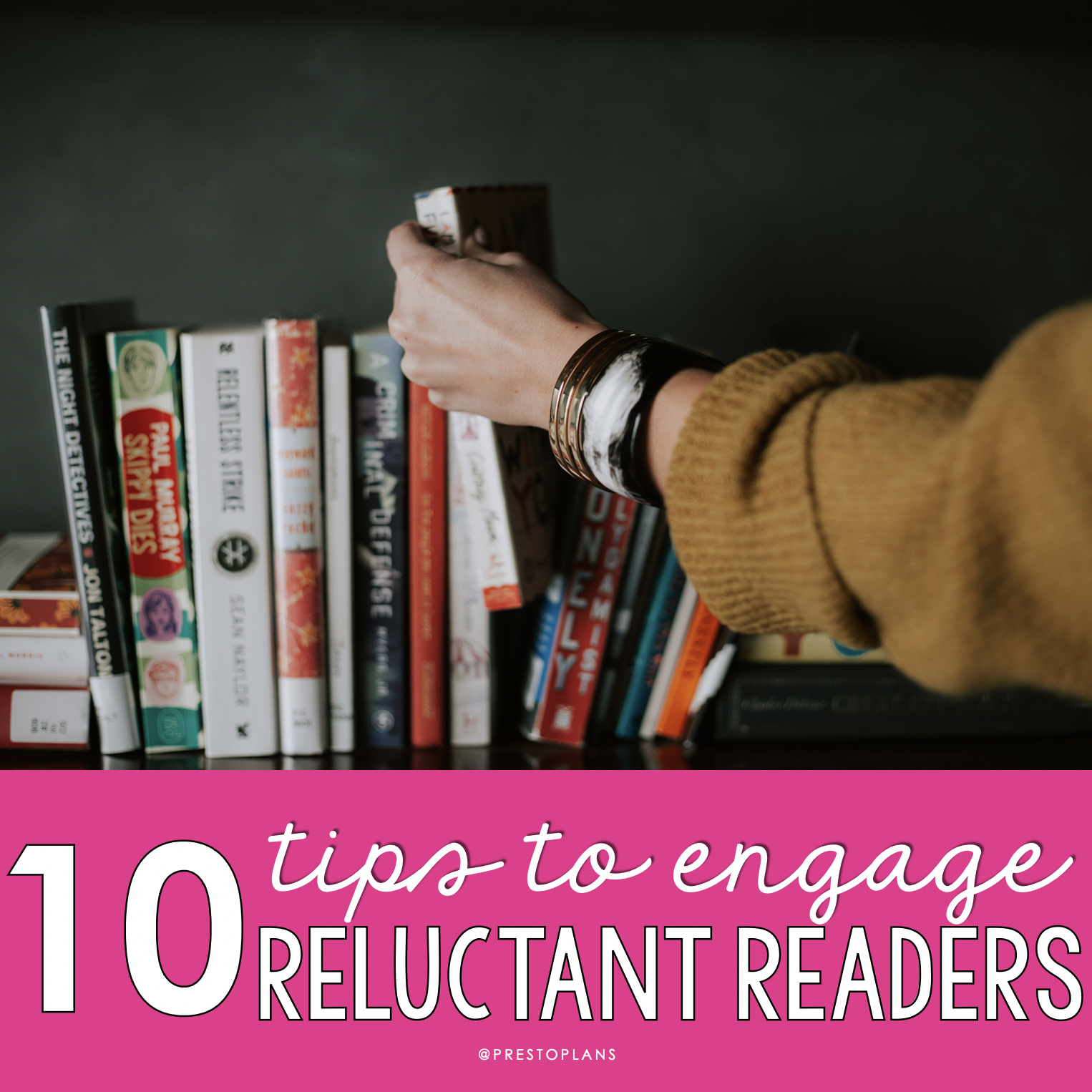
10 Tips to Engage Reluctant Readers in Middle School
English teachers often have the goal of inspiring a love of reading in their students, but we all know how challenging this can be. Though it is a challenge, it’s one worth pursuing because only a teacher knows the satisfying feeling of helping a reluctant reader find a book that they cannot put down. Though there is not one simple way to inspire reluctant readers, over the years, I’ve developed some classroom strategies and resources that can help to engage even the most reluctant readers in the middle school ELA classroom. I’m sharing my top 10 tips below!
1. Reading Mysteries
Developing student reading skills and confidence is incredibly important for inspiring reluctant readers, and I’ve always found that a little magic happens in the classroom when you reframe a reading skills assignment into a game, quest, or competition. Students start to develop skills without realizing they are doing school work. That’s exactly why I developed a full-year reading mysteries program! I mean, who doesn’t love a good mystery, right?
Reading mysteries require students to work together to solve high-interest mysteries, like the Mystery of the Missing Garden Gnome, for example, which you can grab for FREE by clicking here. Students will use their comprehension skills, critical thinking, and text evidence strategies to eliminate possible suspects and determine a guilty culprit from a number of pieces of text evidence.
2. Classroom Competitions and Celebrations
When trying to engage reluctant readers, I mostly try to stay away from doing individual competitions. Instead of motivating students, these can tend to have the opposite effect by emphasizing the inequities in reading skill levels, leaving certain students feeling left out and discouraged.
A better way to engage reluctant readers, I’ve found, is to use group competitions. For example, you could do a reading competition where your class competes against another ELA class to see who can read the most books in a given period of time. This way, students are working together towards a common goal.
You can even help students visualize what they are working towards by having a representation of the number of books that have been read. One way I do this is by hanging a growing chain of paper rings in the classroom with the names of each text they complete. Or you can have an outline of a big thermometer posted on your wall that you color as you move closer toward your classroom reading goal.
You can reward the whole class once they reach a certain milestone (regardless if they beat the other class) with a class celebration. This will help your reluctant students feel included and as though they are part of the overall reading process that got the class to this point.
3. Let them Choose
Giving students the choice as to which book they want to read is really important, particularly when trying to engage reluctant readers. It’s common for us teachers to wonder if certain texts “count” as reading material for our students (I’m thinking of comic books, magazines, listening to audiobooks while reading read, etc.).
However, I think it’s a good idea to let the students choose what they want to read. At the very least they will be working that muscle. Being flexible here can help get reluctant students through the door, so to speak, and they might start loving to read because of it. Then, you can slowly introduce different texts over time. I realize this can be a frustrating process—one that can take weeks. However, It’s so worth it when it finally clicks and they’re honestly engaged in reading.

4. Book Tastings
On that note, a lot of our students are not necessarily going to the library to browse books, so they are not encountering a large variety of reading material. One way you can expose them to different texts is by doing a book tasting event. This is a fun, low-pressure way of getting students engaged in reading by letting them try just a “little taste” of a large selection of books.
To do this with your students, you can set your classroom up like an actual restaurant. Have placemats and menus on the tables that showcase what books you have to offer. Put on some light restaurant music in the background. You get students to go around the class to try a sample of each book (by skimming through the book, reading the back cover, checking out the first chapter, etc.). Or you can serve as the waiter, delivering books for each of your students to try. Get creative with this!
5. Literature Circles
With literature circles, students get to discuss a piece of literature in depth. They do so with a group of students who chose the same book as them from the options you give the class. If you’ve ever done them before, you know that literature circles don’t always go as smoothly as planned.
This is because literature circles require you, as the teacher, to relinquish a certain amount of control in favor of more student autonomy. With literature circles, the onus is on the students themselves. We are trying to get them to build genuine connections with each other through reading, and so we have to just get out of the way a little bit here and trust the process, intervening only when absolutely necessary.
I explain how literature circles work in more detail in another post.
6. Book Talks
A book talk is a great tool for developing a culture of reading in your classroom, but it’s not just the students who can do them. Get students more engaged in reading by giving your own book talks to the class. This will not only serve to model what a good book talk looks like for when students do their own, but it will also help expose students to books that you think they would like.
Book talks don’t have to be anything too formal. You might even do it once a week—or perhaps even invite other members of the school, like the principal, for example, to come and give book talks to the class. Make it fun! I give tips for using book talks in another post that you can read by clicking here.
7. Author Visits
On a similar note, if you have a local author in your community, or perhaps know someone who penned a collection of short stories or poems, then consider bringing them in to speak to your class. You can invite them to come to the classroom in-person or have them drop-in virtually. You can get them to read an excerpt, but then ask them to discuss their passion for reading more generally and how and when they developed a passion for literature. This type of interaction with a writer can have a positive impact on your reluctant readers, who might be inspired by—or can relate to—their backstory.
8. Mix Up The Mode
When I say mix up the mode, what I mean here is to avoid always approaching reading the same way in your classroom. For example, don’t always just do silent reading, and don’t just read to students each time either. Change it up. Maybe sometimes they will read alone and other times in a group setting.
My point here is that some students will appreciate reading more in different contexts, and we can improve our chances of engaging reluctant readers by changing things up. You might even change setting from time to time, allowing students to read in the cafeteria or in the hallway instead of always having them read sitting up at their desks.

9. Ditch the Grades
We shouldn’t always attach grades to reading. If we do, we risk killing a love of reading in many students. Of course, we sometimes need to assess our students’ reading, but it’s important to leave time for students to read without any grades, assignments, or other expectations attached to it. Let your students read for reading’s sake sometimes, and then get them to talk about what they’re reading in a low-stakes context. This will make for stronger more engaged readers in the long run.
10. Tie in More Nonfiction
In the ELA classroom, we tend to focus on fiction much more than we do nonfiction. However, there are students who prefer reading nonfiction, and so finding ways to incorporate more nonfiction into your curriculum might help to engage some of those reluctant readers.
Tie in more nonfiction in your classroom by having students read nonfiction articles that compliment the fiction you’re reading or that relates to your course content in general. You can also use the Nonfiction Article of the Week, which helps you bring high-interest nonfiction into your ELA classroom in a substantial and consistent way. It comes with 40 weeks of articles, reading responses, creative assignments, and videos. Click here to learn more.
There you have it! I hope you found these tips helpful. If you’re interested in the idea of giving students ownership over their own reading, you’ll definitely want to check out the comprehensive Empowered Readers course that I created in partnership with Dr. John Spencer, which provides step-by-step implementation plan for empowering even the most reluctant readers. Click here to learn more.

Search the blog for what you are teaching
GIVEAWAYS
sent straight to your inbox!
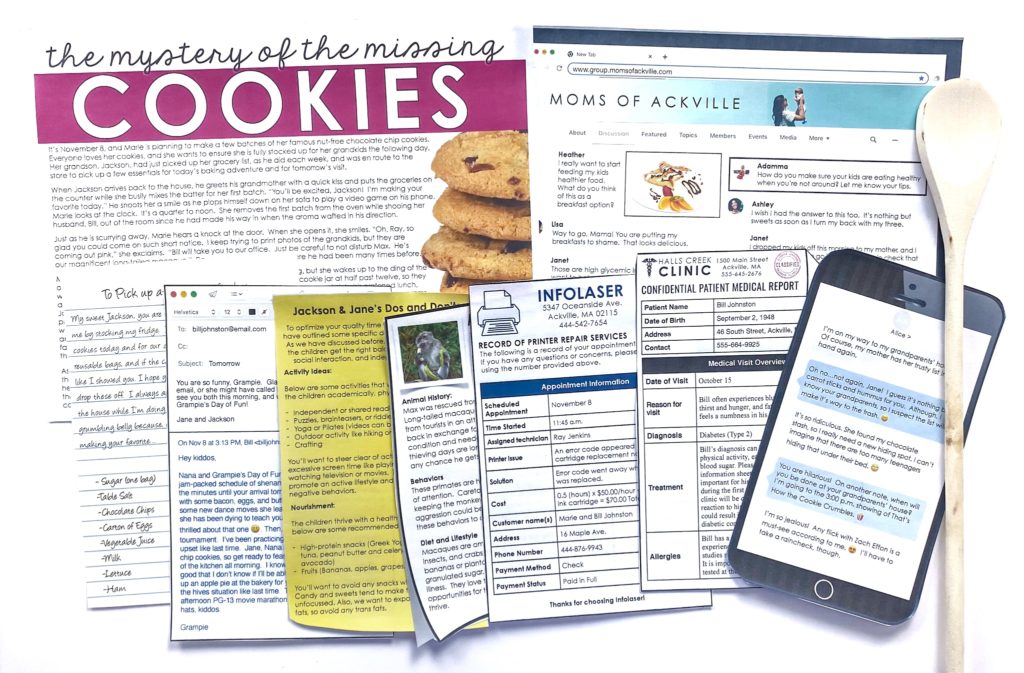
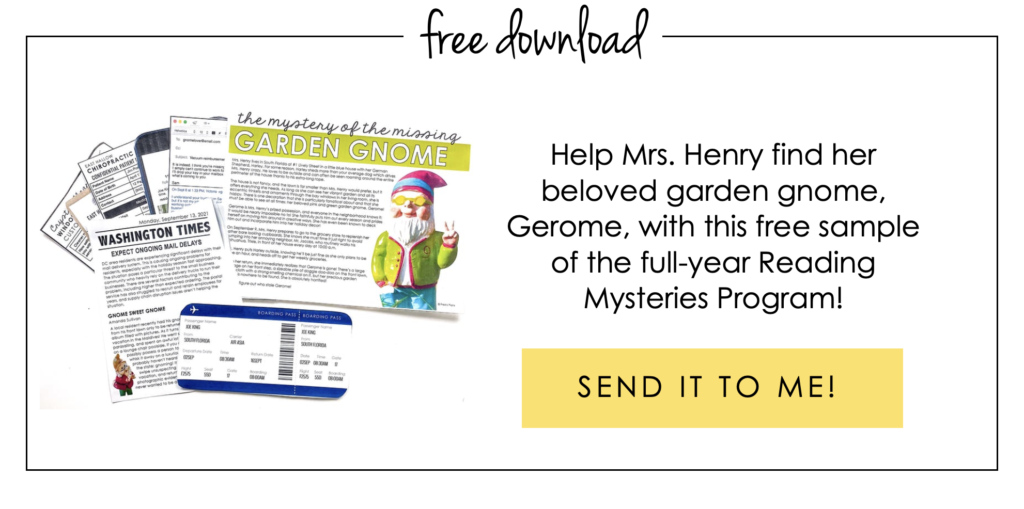
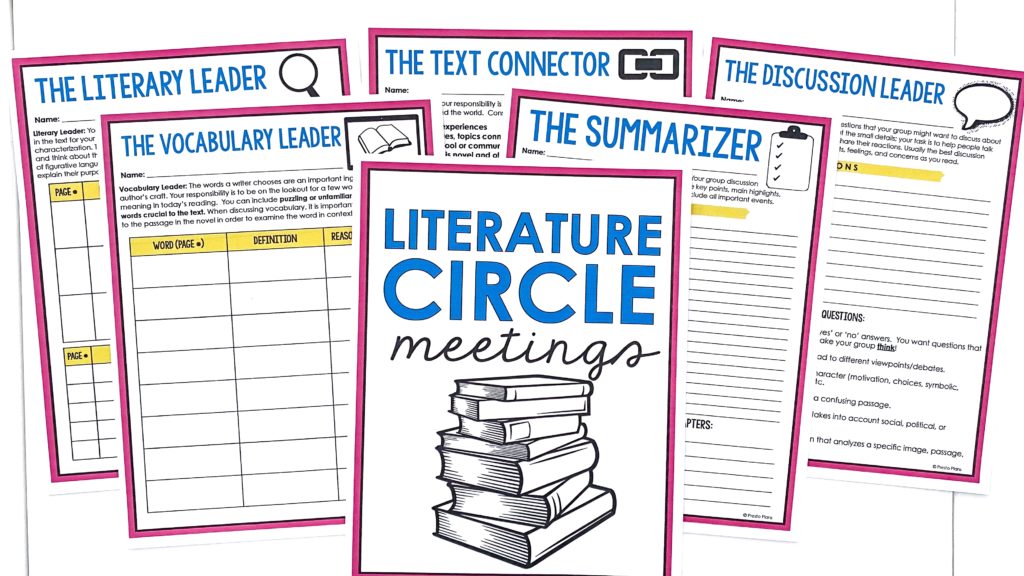
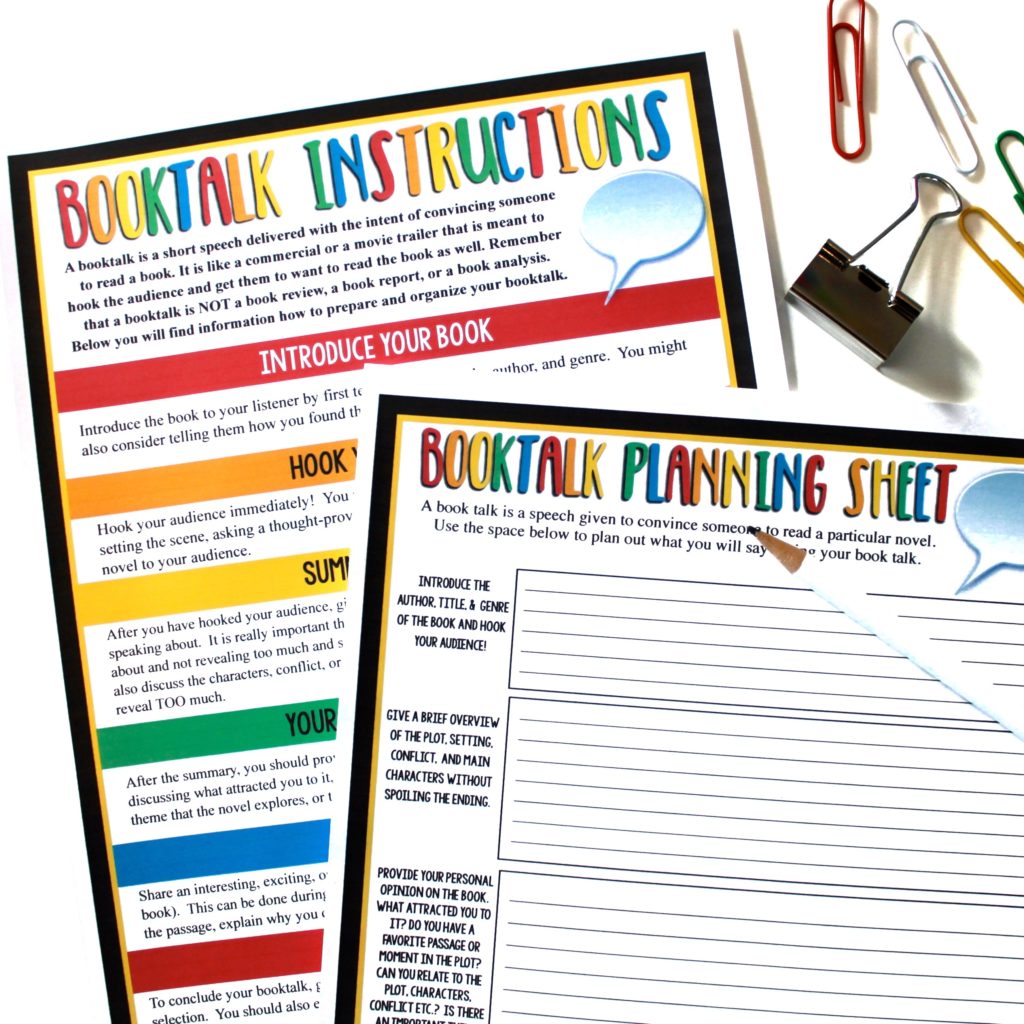





share this post